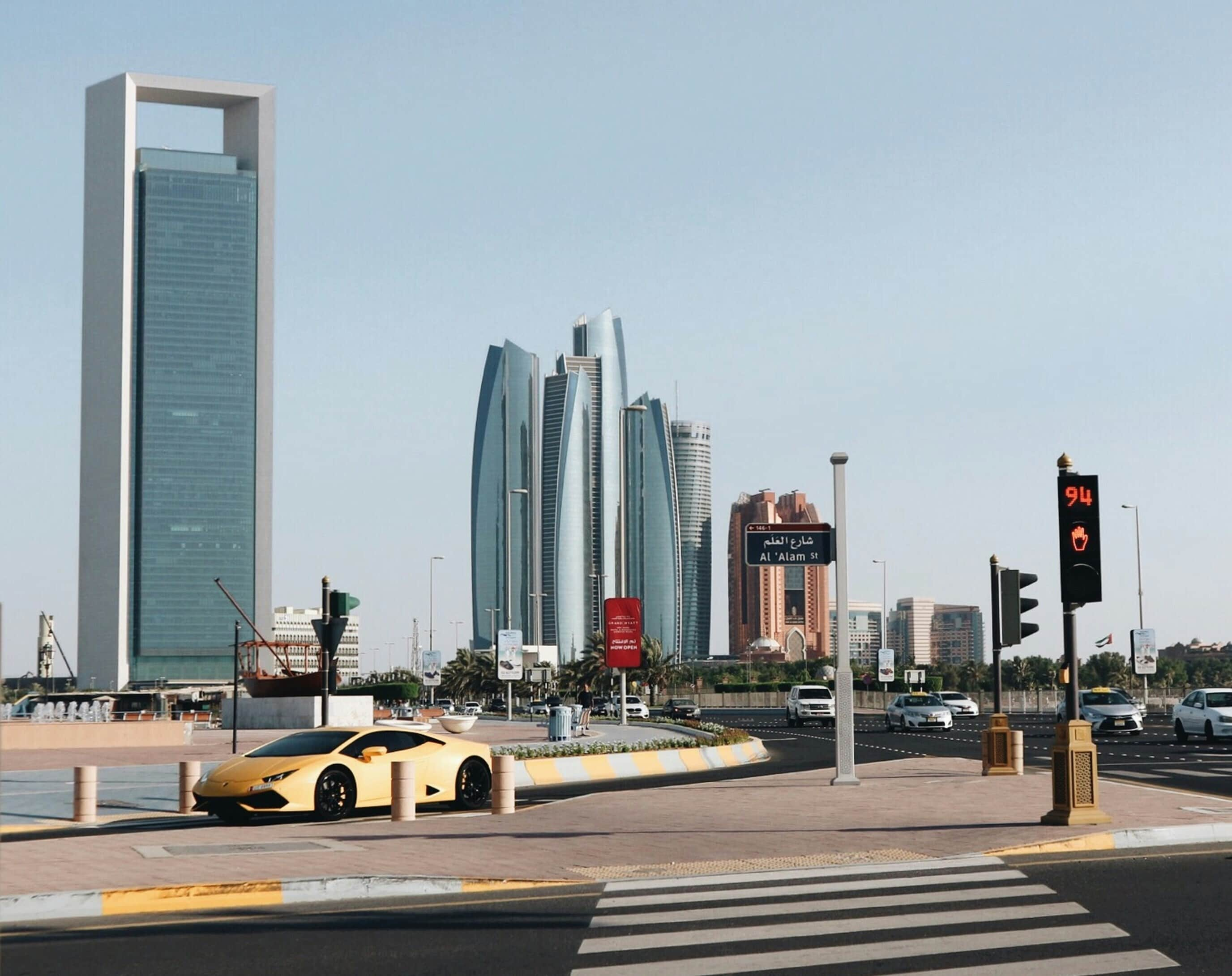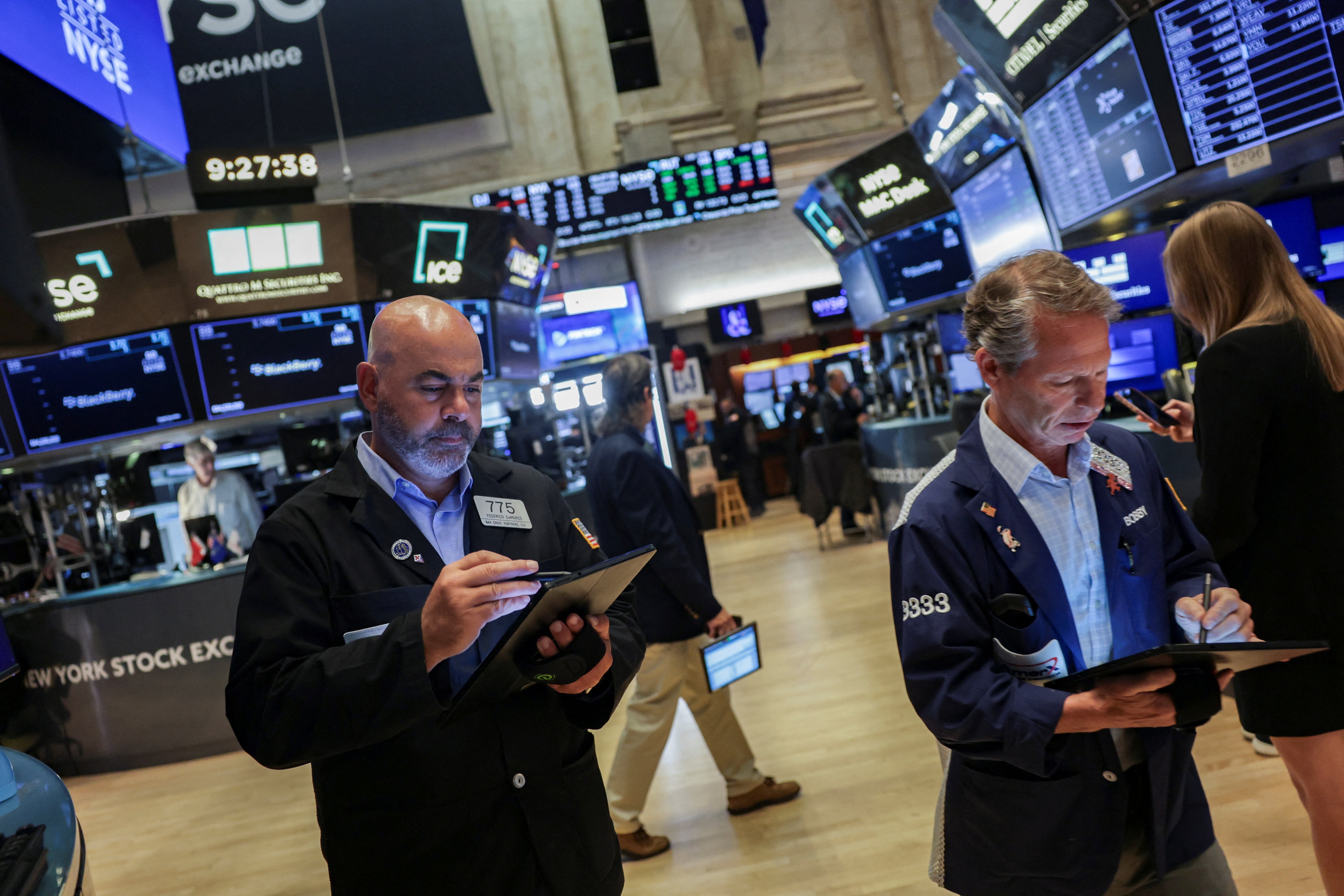These are the countries that would benefit most from a cashless world

The road to a wider cashless society has started to take shape, and these are the countries that would profit the most.
Image: REUTERS/Laszlo Balogh
Bhaskar Chakravorti
Senior Associate Dean, The Fletcher School of Law and Diplomacy, Tufts UniversityStay up to date:
Fourth Industrial Revolution
It’s been nearly 300 years since paper money became accepted as legal tender. While much has changed about how we make, sell, and buy goods, cash has stuck around. It’s been only recently that the road to a wider cashless society has started to really take shape. From apps such as PayPal, Venmo, or Square Cash to mobile payment platforms like Kenya’s mPesa, Bangladesh’s bKash, or Apple Pay, there are signs that cash is following the path of other “information goods,” such as printed photographs, cassette tapes, and DVDs in being replaced by digital alternatives.
Or as Samantha Bee, host of the show Full Frontal, put it recently: “I’d like to talk a little bit about money. For those of you who haven’t heard of it, it’s like Venmo for old people.”
But all of this may still leave us with a question – if cash isn’t inherently broken, why fix it?
Accept our marketing cookies to access this content.
These cookies are currently disabled in your browser.
Policy makers and economists, such as Harvard’s Ken Rogoff, have made elegant arguments for the benefits of a cashless society. Economic uncertainty around the globe has raised concerns that consumers could take cash out of banks – especially in negative interest rate envrionments — and hoard it. Eliminating cash is one way to reduce that risk. Denmark, Sweden, and Norway are already considering it, while the European Central Bank is considering getting rid of large-denomination bills.
Cash, according to a recent MasterCard study, accounts for nearly 85% of global consumer transactions. Cash has stubbornly resisted going the way of digital extinction. Paper currency is ubiquitous. It is also untraceable and universally accepted (except in some circumstances, usually involving very large payments). For many users, cash equates to a sense of security and for many it is a sense of independence from government oversight. The rise of cyber-crime and growing concerns about the ability of public agencies to look through digital records will add to the unwillingness among many to let go of paper money.
The migration to a cashless society is far from being either uniform or universal. Whereas most Swedes are embracing a cashless future, along with an unlikely peer group, that includes both Somaliland and South Korea, some of Sweden’s neighbors, in response to EU’s increasing regulations on restricting cash usage, are demanding a “constitutional right to pay in cash” fueled by concerns around negative interest rates and a perceived loss of privacy that comes with digital money.
For some countries, the transition has been very rapid and at a scale that is without precedent. In 2009, over two-thirds of all ecommerce payments in China were cash on delivery. Thanks in no small part to the mobile wallet wars among the BAT – Baidu, Alibaba, and Tencent – mobile payments today account for over 70% of all e-commerce transactions in China.
These irregularities in the migration to cashlessness raise several questions: Which countries have the greatest to gain from the migration to a cashless society? Which countries are most prepared in terms of their digital readiness? Understanding the answers to these questions will enable decision-makers, innovators, and investors in both the public and the private sectors to locate the world’s “cashless sweet spots” and allocate resources to unlock value trapped by transaction costs and frictions inherent to cash-intensive societies.
We wanted to know the answers to some of these questions so we analyzed the cost of using cash using a database extending across 154 countries. We approached the question from several angles, to derive costs to key constituents in the economy:
-Assess the costs to banks of maintaining ATMs (for all 154 countries);
-Create a score for the cost of cash to consumers (for 72 countries for which there is data availability), combining the actual costs of getting cash, including transport to get cash and ATM fees;
-Compute the “tax gap” — an estimate of the proportion of money owed to the fiscal authority of the government, but goes uncollected due to unreported and under-reported cash transactions — as a proxy for the revenues that governments forgo because of a cash economy.
A caveat on interpreting the map below: It doesn’t mean that countries with “low” costs of cash are closer to being cashless societies or that they need to do nothing to change status quo. All the map indicates is that the costs of cash in these countries are relatively lower compared to that of the rest.

Scanning for patterns across these different analyses, one key conclusion is quite revealing: The cost of cash varies widely across countries and the relative ranking of costs across countries changes significantly depending on whose perspective – banks, consumers or government – you take. The costs do not correlate with levels of economic or political development.
The details of this reality play out in many ways:
-Keeping ATMs stocked and working properly is a cost to banks. These ATM maintenance costs are disproportionately high in many parts of the developing world, such as sub-Saharan Africa and Latin America , with myriad security and infrastructure challenges, as well as in geographically large, sparsely populated countries, such as Canada, Russia, and Australia, where the logistics challenges are high.
-The absolute cost of cash to consumers, based on average transit time and cash access costs are high in some of the world’s most populous countries: Indonesia, Nigeria, Bangladesh, India, China, and the United States. They are high in many of the major European countries, such as Germany and France, as well as in Japan. These costs are lower in several Scandinavian countries with relatively entrenched mobile payments systems, such as Sweden, Finland, and Denmark, as well as countries with rapidly evolving mobile payment systems, such as South Korea and Kenya.
-Countries in the developing world tend to have a greater tax gap and a greater degree of uncertainty about the reliability of the estimate of the gap. Developing countries have the largest tax gaps, with their shadow economies as large as 30%-44% of GDP. In India, for example, the tax gap could be as large as two-thirds of overall taxes owed.
We propose two factors that are useful in offering guidance to those working to enable cashless societies and allocate resources optimally. We suggest, first, prioritizing countries where the consumer costs of cash are high, since consumers will be the prime adopters of digital alternatives. Next, we suggest a focus on those countries that are more digitally ready for a migration to a cashless alternative. To gauge digital readiness, we used our Digital Evolution Index. The combination creates a mapping of “cashless sweet spots.”

Based on our analysis, the following countries have the greatest potential for unlocking value by policy and innovation led migration to a cashless society: U.S., Netherlands, Japan, Germany, France, Belgium, Spain, Czech Republic, China and Brazil. The U.S., for example, incurs a cost of $200 billion annually to keep cash in circulation; nearly a third of all store sales are still cash based despite its long history with plastic money.
China on the other hand while well ahead of the U.S. in its transition from cash to mobile wallets, continues to be among countries that impose the highest absolute costs of cash on its citizens. Both the U.S. and China would do well to adopt policies in partnership with market actors to nudge their already digitally ready societies towards digital money and unlock massive savings – in time and money – in the process.
A second group of countries have higher than average consumer costs of cash, but they would first need to improve their level of digital readiness and become more “digitally inclusive” before they can realize value from going cashless. These include parts of Eastern Europe such as Poland and Russia, and countries with large populations such as India, Indonesia, Mexico, Nigeria, Egypt, and the Philippines. Cash imposes severe costs on consumers in India and Mexico as we detail in our Cost of Cash studies: New Delhi’s 11 million inhabitants collectively spend some 72 million hours per year chasing cash andMexico’s small businesses suffer a 21% incidence of cash fraud — nearly twice the rate faced by larger businesses in the country. However, fledgling digital infrastructure in both countries and unequal access to the internet make the transition to digital money harder. Policy makers and market actors in these countries would do well to work on addressing the digital inclusion challenge ahead of digitalizing money.
Countries that are highly digitally evolved are best positioned to unlock value by focusing on migrating to digital alternatives to cash. For those countries lagging in their digital evolution, the path to cashless nirvana is through investing in digital inclusion first. This sequencing is crucial to success.
Accept our marketing cookies to access this content.
These cookies are currently disabled in your browser.
Don't miss any update on this topic
Create a free account and access your personalized content collection with our latest publications and analyses.
License and Republishing
World Economic Forum articles may be republished in accordance with the Creative Commons Attribution-NonCommercial-NoDerivatives 4.0 International Public License, and in accordance with our Terms of Use.
The views expressed in this article are those of the author alone and not the World Economic Forum.
Related topics:
Forum Stories newsletter
Bringing you weekly curated insights and analysis on the global issues that matter.
More on Financial and Monetary SystemsSee all
Lim Chow-Kiat
August 21, 2025
Dalal Buhejji
August 14, 2025
Hallie Spear
August 13, 2025
Sandra Waliczek
August 8, 2025
Rebecca Geldard
August 7, 2025
Aurora Matteini and Derek Baraldi
August 6, 2025





